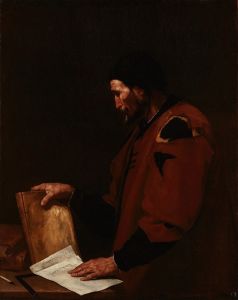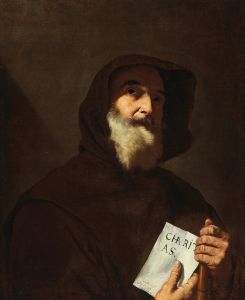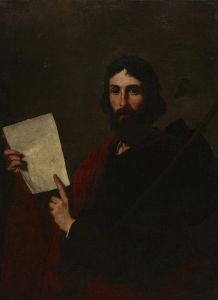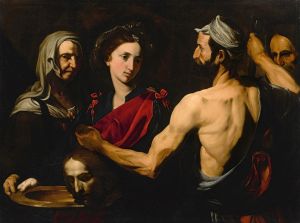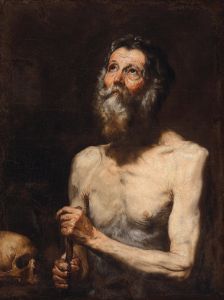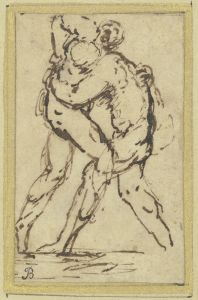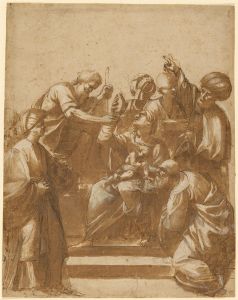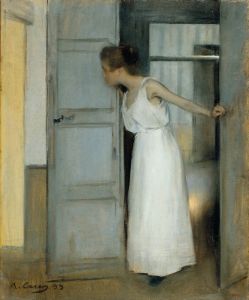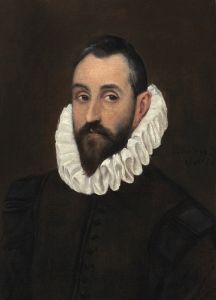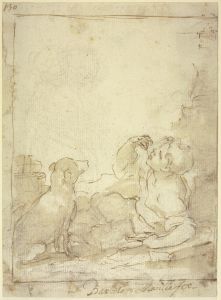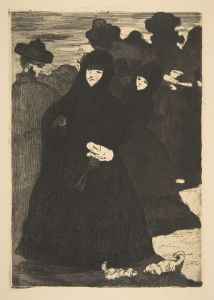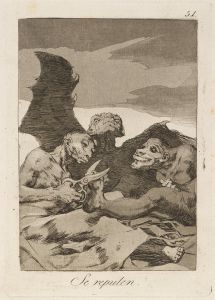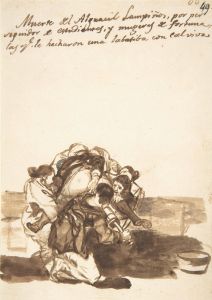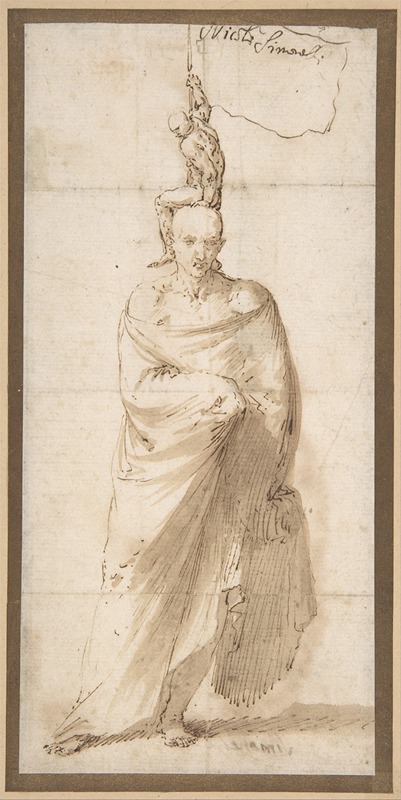
Man Wearing a Large Cloak and a Small Naked Man on His Head
A hand-painted replica of Jusepe de Ribera’s masterpiece Man Wearing a Large Cloak and a Small Naked Man on His Head, meticulously crafted by professional artists to capture the true essence of the original. Each piece is created with museum-quality canvas and rare mineral pigments, carefully painted by experienced artists with delicate brushstrokes and rich, layered colors to perfectly recreate the texture of the original artwork. Unlike machine-printed reproductions, this hand-painted version brings the painting to life, infused with the artist’s emotions and skill in every stroke. Whether for personal collection or home decoration, it instantly elevates the artistic atmosphere of any space.
Jusepe de Ribera, a prominent Spanish painter and printmaker of the Baroque period, is known for his dramatic and realistic depictions of religious and mythological subjects. One of his intriguing works is "Man Wearing a Large Cloak and a Small Naked Man on His Head." This painting exemplifies Ribera's mastery in capturing human emotion and his skillful use of chiaroscuro, a technique that emphasizes the contrast between light and dark to achieve a sense of volume and three-dimensionality.
Ribera was born in 1591 in Játiva, Spain, and spent much of his career in Italy, particularly in Naples, which was then under Spanish rule. His work was heavily influenced by Caravaggio, whose dramatic lighting and realistic approach to the human figure left a lasting impact on Ribera's style. Ribera's paintings often depict intense scenes with a focus on the human condition, characterized by a raw and sometimes unsettling realism.
"Man Wearing a Large Cloak and a Small Naked Man on His Head" is a testament to Ribera's fascination with the human form and his ability to convey complex narratives through his art. The painting features a man draped in a voluminous cloak, with a small, naked figure perched atop his head. This unusual composition invites various interpretations, though Ribera's intent remains a subject of scholarly discussion.
The painting is notable for its meticulous attention to detail, particularly in the rendering of textures and the play of light across the figures. Ribera's use of chiaroscuro is evident in the way the cloak's folds are highlighted against the shadowed background, creating a sense of depth and movement. The small naked figure, in contrast, is illuminated in a way that draws the viewer's eye, emphasizing its significance within the composition.
Ribera's work often explored themes of power, vulnerability, and the human psyche, and this painting is no exception. The juxtaposition of the large, cloaked figure with the diminutive, exposed one may suggest a commentary on the duality of human nature or the relationship between the physical and the spiritual. However, without explicit documentation from Ribera himself, interpretations remain speculative.
Throughout his career, Ribera received numerous commissions from religious institutions and patrons, which allowed him to develop a diverse body of work. His paintings and etchings were highly regarded for their technical proficiency and emotional depth, earning him a prominent place in the art world of his time. Ribera's influence extended beyond his lifetime, impacting subsequent generations of artists who admired his ability to capture the complexities of the human experience.
In summary, "Man Wearing a Large Cloak and a Small Naked Man on His Head" is a compelling example of Jusepe de Ribera's artistic prowess. The painting's enigmatic subject matter and masterful execution continue to captivate audiences, reflecting Ribera's enduring legacy as a key figure in Baroque art.





